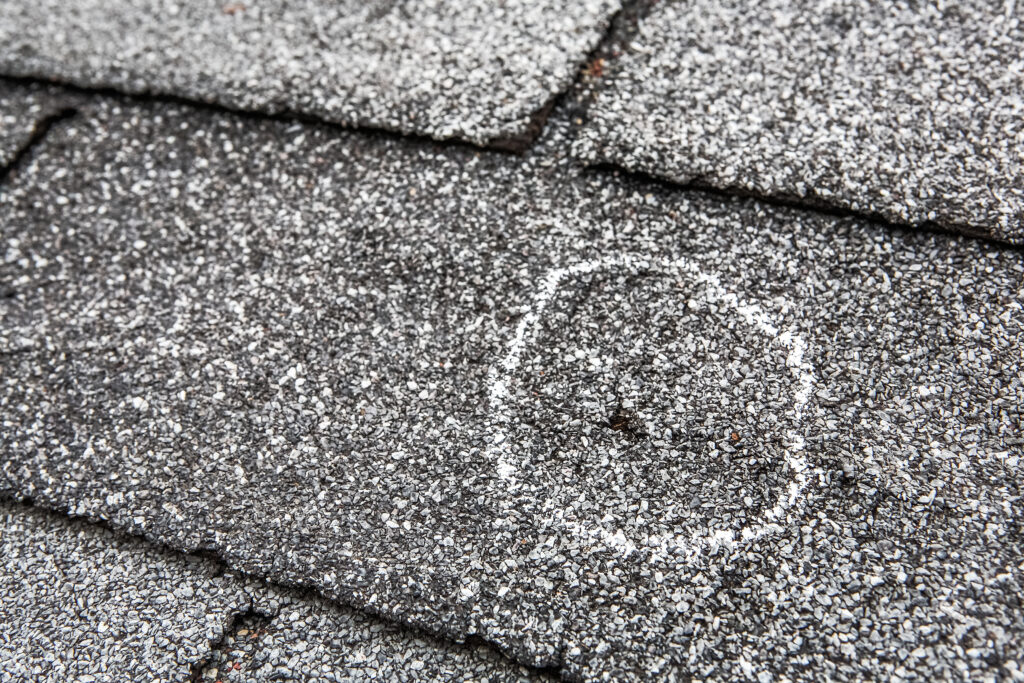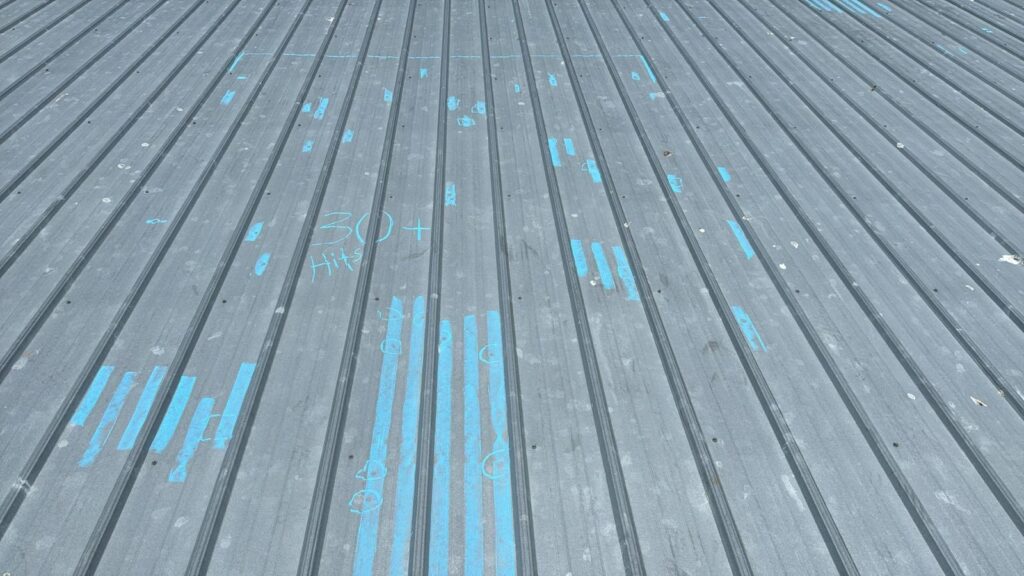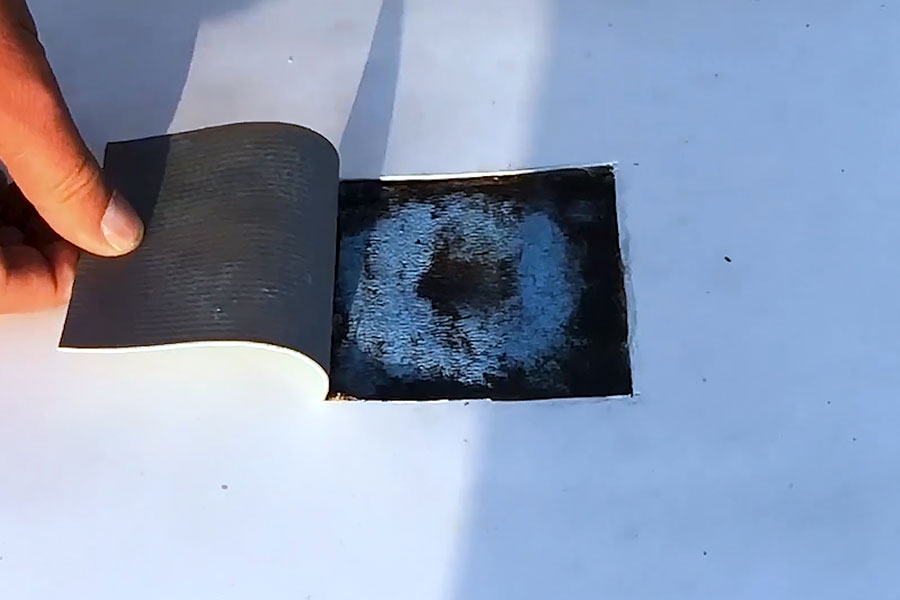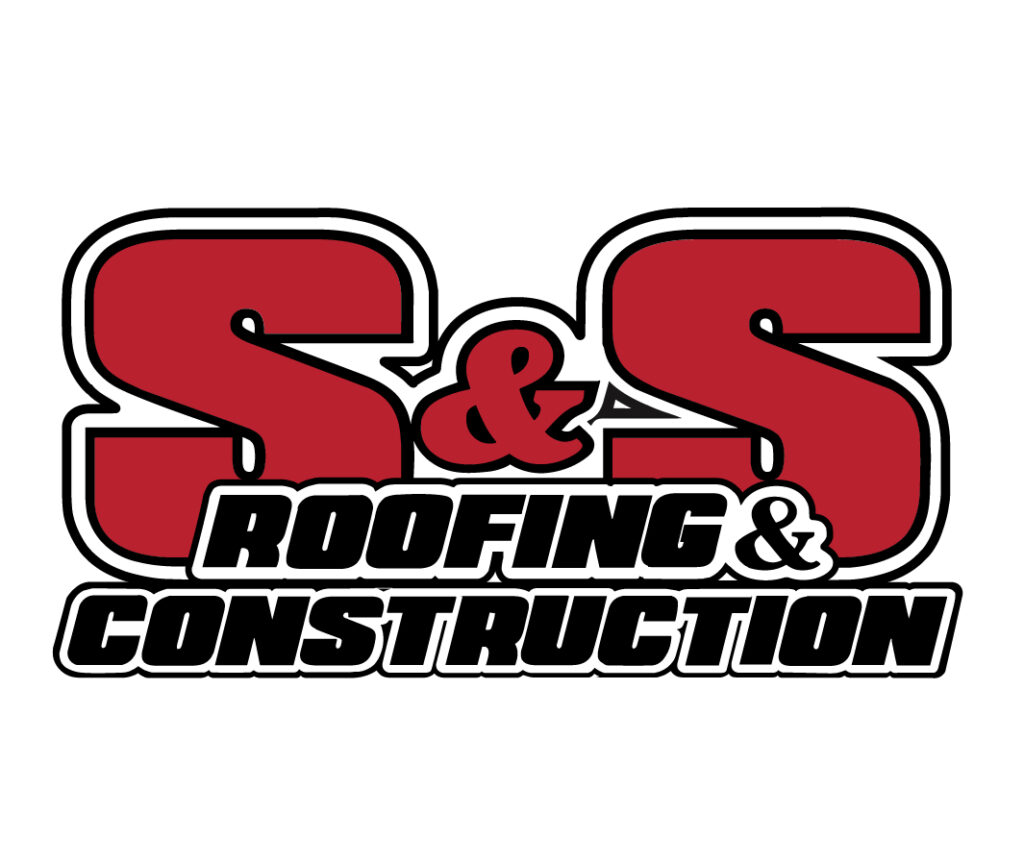hail damage inspection
After a hailstorm, scheduling a hail damage inspection is essential, no matter the roofing material. Many types of storm damage aren’t immediately visible, yet they can lead to major issues if neglected. Even minor dents, cracks, or punctures may turn into costly repairs if water seeps into your home or building.
At S&S Roofing, our experienced team provides thorough hail damage inspection services to detect hidden issues and recommend the best solution. Whether it’s repairing damaged shingles, fixing dents in a metal roof, or addressing punctures in TPO roofing, we ensure your roof stays strong and secure. To prevent further damage, contact us today for a professional hail damage inspection and expert guidance.

Hail Damage on Shingle Roofs
Asphalt shingle roofs are highly vulnerable to hail damage, as the impact of hailstones can loosen or completely remove protective granules. Without this layer, the underlying material is exposed to moisture and UV rays, accelerating deterioration. Over time, this can lead to leaks, structural weakening, and costly repairs. Additionally, larger hailstones may crack or dislodge shingles, creating openings for water and increasing the risk of interior damage.
After a hailstorm, scheduling a hail damage inspection is essential to identify granule loss, cracks, or lifted shingles. Left unaddressed, these issues can lead to more significant problems, including water infiltration and roof failure. Taking prompt action helps protect your home and extends the lifespan of your roof.

Hail Damage on Metal Roofs
While metal roofs are known for their durability, they are not immune to hail damage. Depending on the size and velocity of the hailstones, dents and dings may form on the surface. Although minor dents might appear cosmetic, they can weaken metal panels over time, especially if the protective coating is compromised. As a result, corrosion and structural weakening can develop.
In more severe cases, hail damage can affect the fasteners and seams, leading to leaks and moisture intrusion. Metal roofs are designed to last, but without a prompt hail damage inspection after a storm, even a strong roofing system can suffer long-term issues. Regular maintenance helps prevent further deterioration and protects your investment.

Hail Damage on TPO Roofing
TPO roofing, commonly used in commercial buildings, is a strong and cost-effective solution. However, hail damage can still take a toll. While the membrane is built to withstand harsh conditions, heavy hail can cause punctures, tears, or delamination. Once the surface is compromised, water can seep into the building, leading to leaks and potential structural damage.
Because TPO roofs cover large flat areas, even a small puncture can result in significant hail damage if not addressed quickly. Routine inspections help catch minor issues before they escalate into costly repairs. Prompt maintenance ensures long-term protection and prevents further deterioration.

